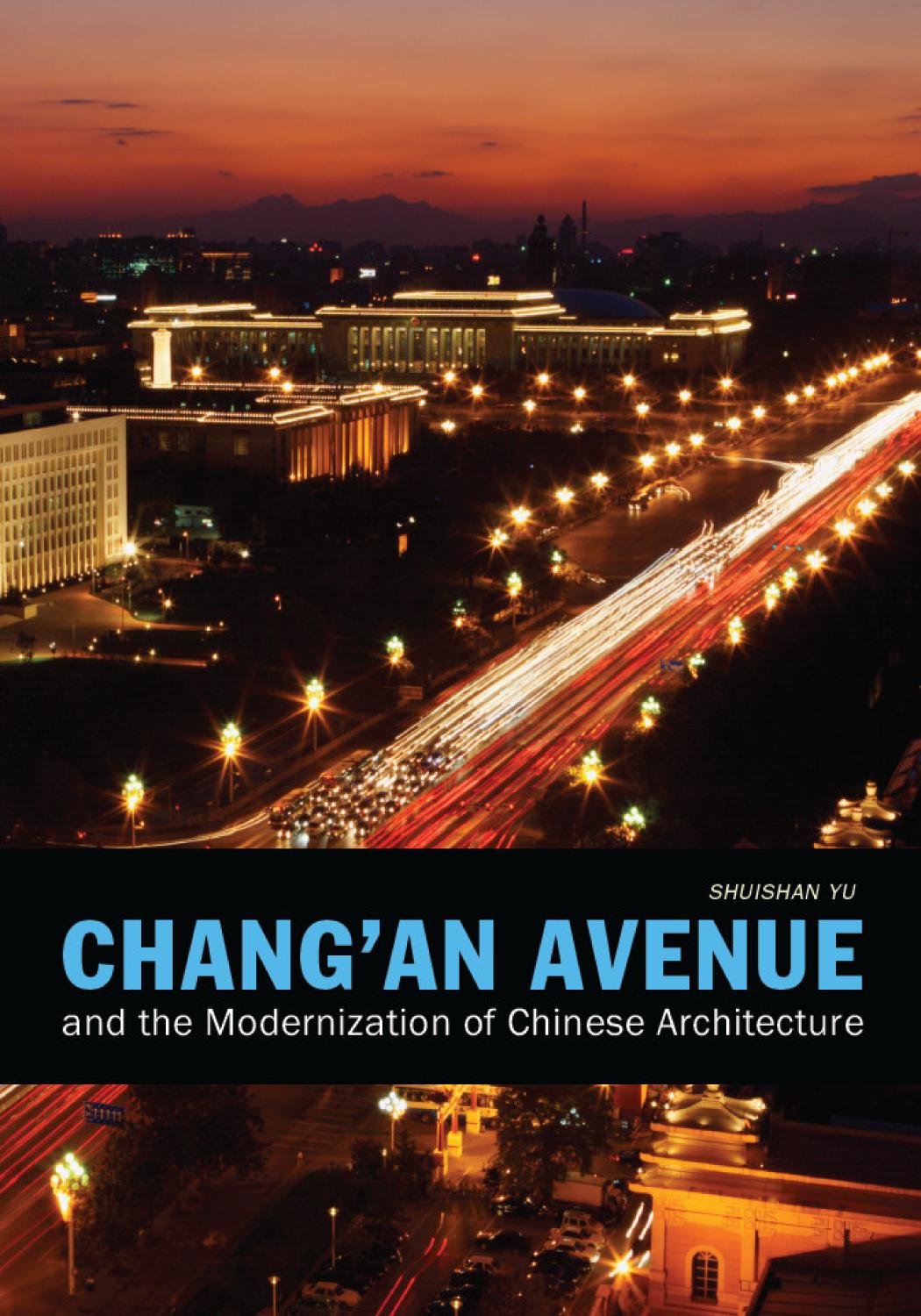Product desciption
Changan Avenue And The Modernization Of Chinese Architecture Shuishan Yu by Shuishan Yu 9780295992136, 0295992131 instant download after payment.
In this interdisciplinary narrative, the never-ending "completion" of China's most important street offers a broad view of the relationship between art and ideology in modern China. Chang'an Avenue, named after China's ancient capital (whose name means "Eternal Peace"), is supremely symbolic. Running east-west through the centuries-old heart of Beijing, it intersects the powerful north-south axis that links the traditional centers of political and spiritual legitimacy (the imperial Forbidden City and the Temple of Heaven). Among its best-known features are Tiananmen Square and the Great Hall of the People, as well as numerous other monuments and prominent political, cultural, financial, and travel-related institutions. Drawing on Chang'an Avenue's historic ties and modern transformations, this study explores the deep structure of the Chinese modernization project, providing both a big picture of Beijing's urban texture alteration and details in the design process of individual buildings.Political winds shift, architectural styles change, and technological innovations influence waves of demolition and reconstruction in this analysis of Chang'an Avenue's metamorphosis. During collective design processes, architects, urban planners, and politicians argue about form, function, and theory, and about Chinese vs. Western and traditional vs. modern style. Every decision is fraught with political significance, from the 1950s debate over whether Tiananmen Square should be open or partially closed; to the 1970s discussion of the proper location, scale, and design of the Mao Memorial/Mausoleum; to the more recent controversy over whether the egg-shaped National Theater, designed by the French architect Paul Andreu, is an affront to Chinese national pride.
Shuishan Yu is associate professor of art history at Oakland University in Rochester, Michigan.
"There is no comparable book in a Western language, and "Chang'an Avenue" goes farther in its vision than any comparable book in Chinese. Focusing on China's most important locus, Tian'anmen and the Forbidden City behind it, and modern China's most important street, Chang'an Avenue, it explains how architecture was integral to China's attempt to define a socialist, sometimes totalitarian, and ultimately people's republican state from the rapidly changing world of the 1950s through the Beijing Olympics." -Nancy Steinhardt, author of "Chinese Imperial City Planning"


